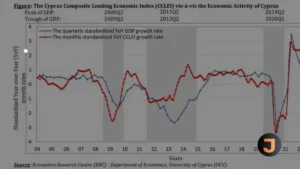Exploring the Intricacies of Pain and Trauma in ‘Baby Reindeer’
In the realm of storytelling, few narratives delve as deeply into the human psyche as ‘Baby Reindeer,’ the latest miniseries to captivate Netflix audiences worldwide. Written and performed by Richard Gadd, this autobiographical opus takes viewers on an intimate journey through the complexities of pain, trauma, and self-analysis.
The series has struck a chord with viewers, resonating through its raw portrayal of personal anguish and the shadows that linger long after traumatic events. Gadd, who is both the creator and the subject of this narrative, has been lauded for his courage in presenting his life’s most challenging moments without a veil of secrecy. The authenticity of his performance is palpable, allowing audiences to witness a man grappling with his past in real-time.
What sets ‘Baby Reindeer’ apart is not just its unflinching look at stalking but its broader exploration of human vulnerability. The series uses the stalking incident not as an end but as a means to examine the lives of two individuals, each carrying their own history of trauma and inner demons. It’s a psychological deep-dive that examines how these experiences shape our responses to the world around us and define our future.
The miniseries’ release on April 11 quickly saw it rise to global prominence, with viewers drawn to its haunting narrative. The discomfort it invokes grows gradually, a testament to Gadd’s meticulous and introspective writing. Through his storytelling, Gadd confronts his experiences head-on, revealing the chilling events that have irrevocably altered his life.
While ‘Baby Reindeer’ may be a deeply personal account of Richard Gadd’s experiences, it opens up a universal dialogue about the nature of trauma and the often silent battle many face in its aftermath. It’s a reminder that while pain and trauma are deeply private, their impact is universally understood.






